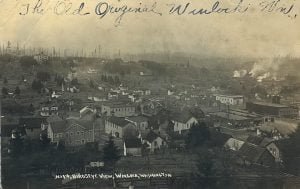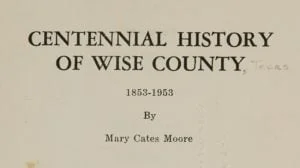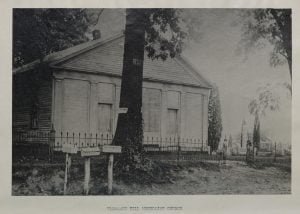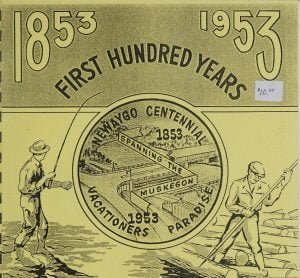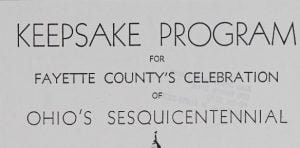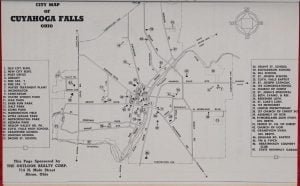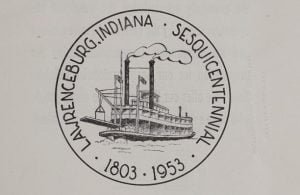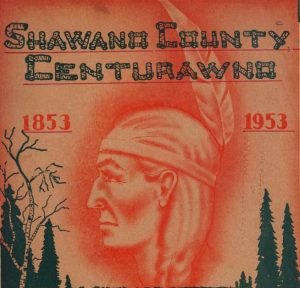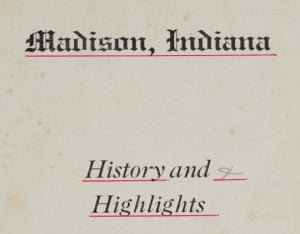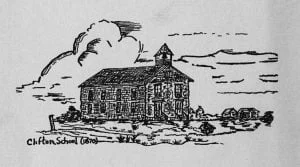A History of Winlock, Washington
This history of Winlock was written in 1951, at the request of the Winlock Community Development Association. The Community Development came into existence as a result of a 21-week study of our community, under the direction of the Bureau of Community Development of the University of Washington, with Professor Dick Poston as our weekly leader and consultant. This history was made into book form by commercial classes of the Winlock High School under the direction of Mrs. Sylvia Haapala.

